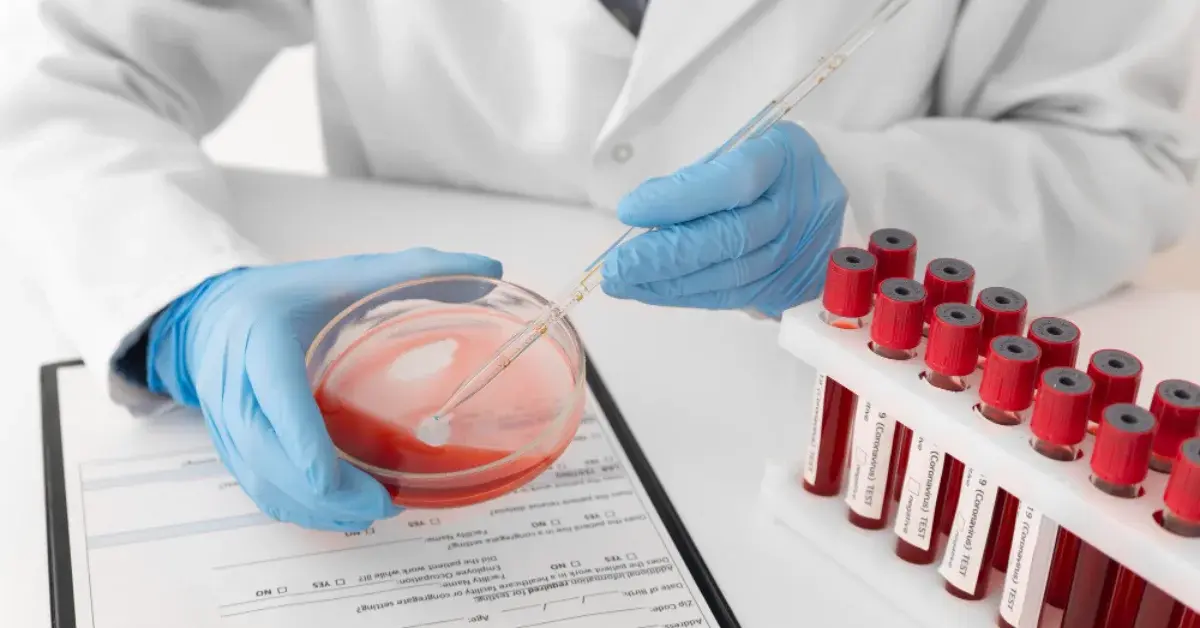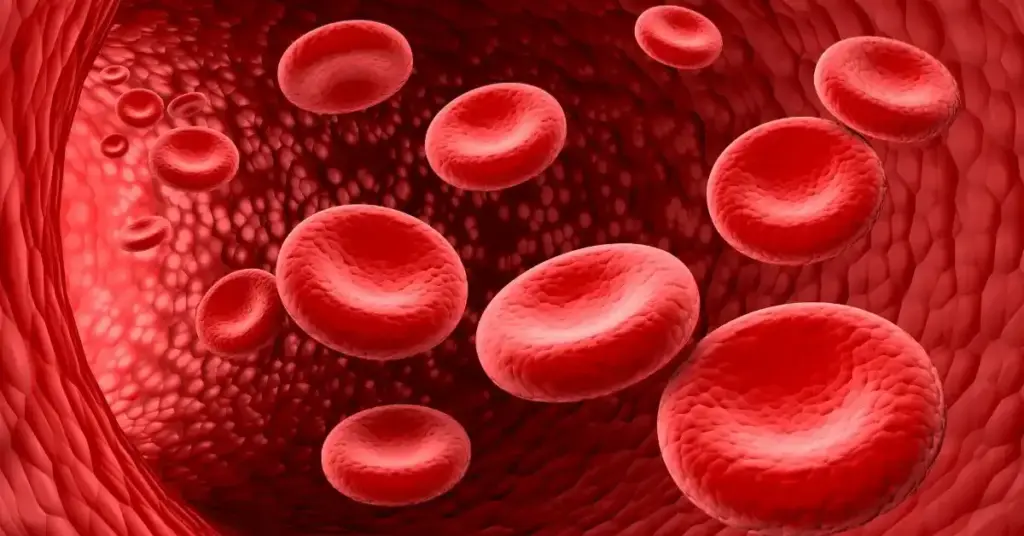
You might notice your child bruises more often than others or that a small cut seems to take longer to stop bleeding. Naturally, this can be worrying for any parent. The good news is, you’re not alone. Many families discover that such signs are linked to a rare condition called factor VII deficiency. In this post, we’ll explain what it is, the symptoms, causes, diagnosis, and treatment options—so you feel informed and reassured.
Factor VII deficiency is a rare bleeding disorder where the body does not produce enough Factor VII, a protein crucial for proper blood clotting. Without enough of this factor, blood takes longer to clot, making bleeding episodes more frequent or prolonged. Unlike hemophilia, which involves other clotting proteins, factor VII deficiency can affect both boys and girls equally.
Children with factor VII deficiency may experience different levels of bleeding problems. Some have mild symptoms, while others may face more serious challenges. Common signs include:
Factor VII deficiency can have two main origins:
Factor VII deficiency is just one of several rare clotting factor disorders. Other types include:
Each has unique features, but all involve difficulties forming blood clots. Knowing the specific factor involved is important because treatments differ.
If untreated or poorly managed, factor VII deficiency can lead to complications such as:
Doctors use several steps to confirm the condition:
Treatment depends on the severity of the deficiency and the child’s needs. Options include:
With the right care, most children and adults can lead normal, active lives.
While hearing that your child has factor VII deficiency can feel overwhelming at first, it’s important to remember that modern treatments are highly effective. With regular checkups, careful planning for surgeries or procedures, and a supportive healthcare team, children can grow up strong, healthy, and full of energy. Early awareness and management truly make a brighter tomorrow possible.
You might notice your child bruises more often than others or that a small cut seems to take longer to stop bleeding. Naturally, this can be worrying for any parent. The good news is, you’re not alone. Many families discover that such signs are linked to a rare condition called factor VII deficiency. In this post, we’ll explain what it is, the symptoms, causes, diagnosis, and treatment options—so you feel informed and reassured.
What is Factor VII Deficiency?
What Are the Symptoms?
What Causes Factor Deficiency?
Types of Factor Deficiencies
What Are the Complications of Factor VII Deficiency?
How is Factor VII Deficiency Diagnosed?
How is Factor VII Deficiency Treated?
Result
Factor VII deficiency is a rare bleeding disorder where the body does not produce enough Factor VII, a protein crucial for proper blood clotting. Without enough of this factor, blood takes longer to clot, making bleeding episodes more frequent or prolonged. Unlike hemophilia, which involves other clotting proteins, factor VII deficiency can affect both boys and girls equally.
Children with factor VII deficiency may experience different levels of bleeding problems. Some have mild symptoms, while others may face more serious challenges. Common signs include:
Factor VII deficiency can have two main origins:
Factor VII deficiency is just one of several rare clotting factor disorders. Other types include:
Each has unique features, but all involve difficulties forming blood clots. Knowing the specific factor involved is important because treatments differ.
If untreated or poorly managed, factor VII deficiency can lead to complications such as:
Doctors use several steps to confirm the condition:
Treatment depends on the severity of the deficiency and the child’s needs. Options include:
With the right care, most children and adults can lead normal, active lives.
While hearing that your child has factor VII deficiency can feel overwhelming at first, it’s important to remember that modern treatments are highly effective. With regular checkups, careful planning for surgeries or procedures, and a supportive healthcare team, children can grow up strong, healthy, and full of energy. Early awareness and management truly make a brighter tomorrow possible.
Bleeding occurs when the body lacks clotting factors, the proteins that help stop bleeding. Deficiency of Factor VIII (Hemophilia A) or Factor IX (Hemophilia B) is most common. Less often, missing Factor VII or XI can also cause abnormal bleeding. Without these factors, blood clots form poorly, leading to easy bruising, nosebleeds, or prolonged bleeding.
Factor VII deficiency is a rare bleeding disorder, sometimes called “parahemophilia.” It’s different from classic hemophilia but also causes clotting problems. Children may bruise easily, bleed longer after injury, or have nosebleeds and gum bleeding. Severe cases can involve joint or internal bleeding. Treatment usually includes factor VII replacement therapy to support proper blood clotting.
Vitamin K deficiency can cause bleeding because this vitamin is essential for making clotting factors. Without enough Vitamin K, the blood takes longer to clot, increasing the risk of easy bruising, nosebleeds, and internal bleeding. It is especially important for newborns, which is why Vitamin K shots are commonly given right after birth for prevention.





